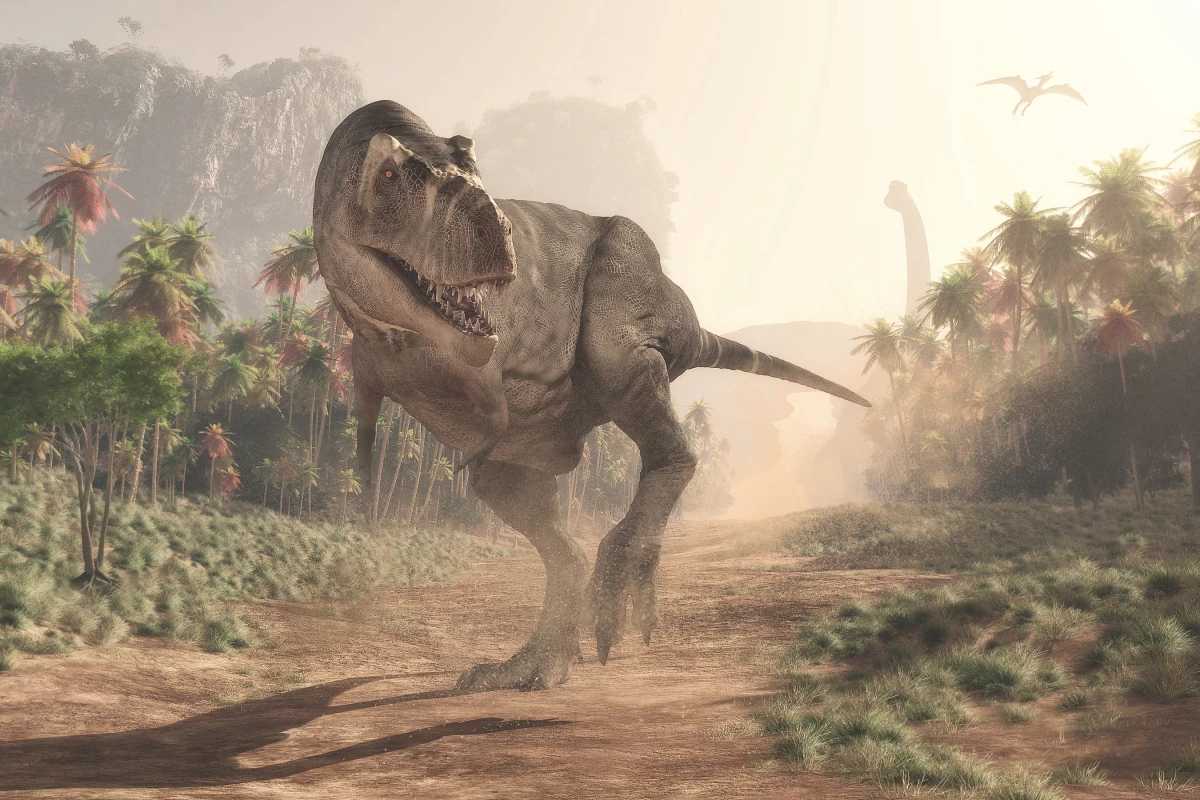If the Jurassic Park movies are to be believed, Tyrannosaurus rex spent a lot of time quickly chasing down its prey. According to a new study, though, its legs were probably designed more for endurance than for speed.
A team of American and Canadian researchers started by gathering data on the body mass, limb proportions and walking gait of over 70 theropod dinosaur species. The theropods were a group of long-legged, bipedal, hollow-boned dinosaurs that included T. rex.
Utilizing a variety of methods, the scientists proceeded to estimate the top running speed for each species, along with the amount of energy that the reptiles used when walking. It was found that for the smaller to medium-sized theropods, longer legs indeed translated to running faster. This finding was in line with those of previous studies.
However, for the larger species such as T. rex – which weighed over 1,000 kg (2,204 lb) – the big body size would have limited the top speed. In the case of those dinosaurs, the researchers determined that the animals' long legs more likely allowed for reduced energy expenditure while walking.
This makes sense, since while the smaller theropods would have to be capable of catching small, fast prey items (and avoid becoming prey themselves), the T. rex would need to efficiently cover long distances in order to find its larger, slower-moving prey – and it wouldn't need to escape from predators, as it didn't have any.
"The assumption tends to be that animals with adaptations for running, such as long legs, are adapted for a higher maximum speed, but this paper shows that there's more to running than top speed," says Thomas Holtz, a paleontologist at the University of Maryland. "When you’re a bigger animal, those adaptations may also be for endurance and efficiency. It may be about being a marathoner rather than a sprinter."
The paper on the study – which also included researchers from Mount Mary College, the University of Southern California, and McGill University – was recently published in the journal PLOS ONE.
Sources: University of Maryland, PLOS via EurekAlert




